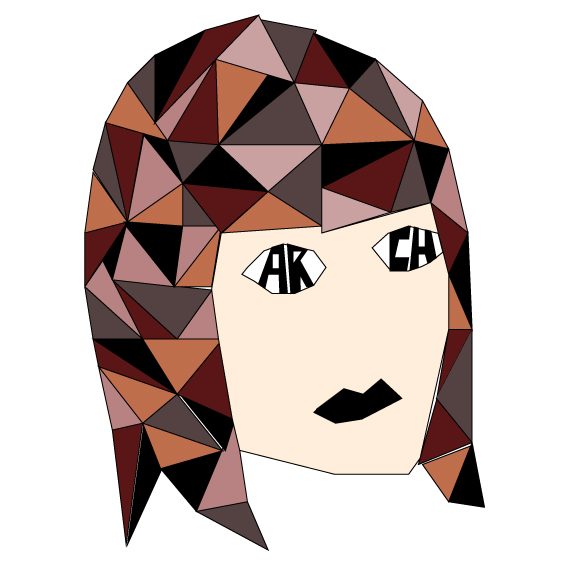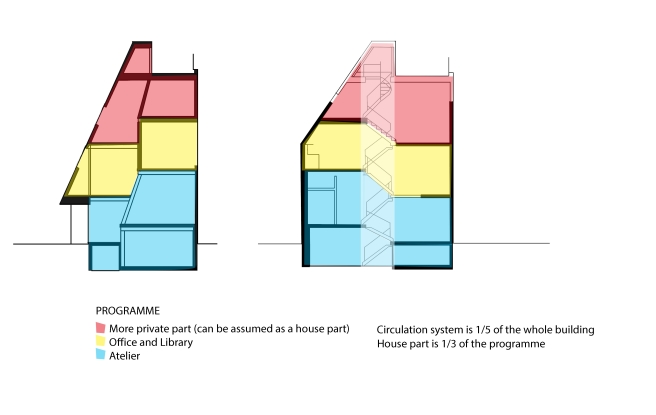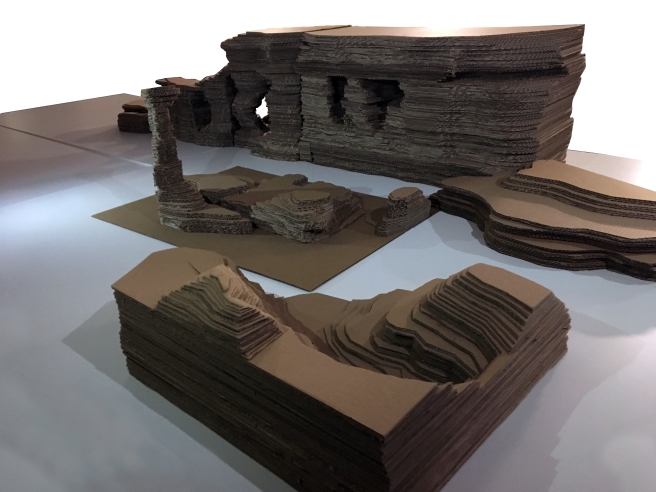After all the preparations, as the term project, we were assigned to work on the design process of a habitation environment considering the certain program. Also, we were expected to interpret the program to diversify the spatial definitions and organizations. The site was given to us and we were asked to work on mentioned points in sections. The program that I chose included service kits, regenerative bundles, spaces of displacements, power stations, mass participation zones and junk spaces as programme components. In order to explain everything without a question mark in minds, I think, it will be better if we clarify what are these components, how are their spatial qualities and what functions and activities they can have.
Regenerative bundles are the components that are highly related to the act of laying and sleeping. Since the activities, they can host are somehow close to the idea of individuality/privacy they are defined well. They are distantianted from the main circulation.
Service kits are like the supporter programme elements to regenerative bundles. They can host activities like cooking, eating, bathing, toilet needs, and dressing. They can change their characteristics and spatial definitions considering which other programme components they are connected to.
Junk spaces are in-between spaces. In other words, they are spaces of uncertainty. Because they can host various activities, they are also dominant in influencing the spaces that they are connected with. In order to provide flexibility, they are generally larger than service kits and regenerative bundles or they can have to change spatial definitions in the spaces.
Mass participation zones are the parts that can get circulation from more than one space and they are suitable for crowded activities like playing group games, workshops, exhibitions, mini-concerts etc. They may have a very large volume and long vertical distance.
Power station can be assumed as the part that takes the people from the outside and starts the main circulation through the different parts of the building. It can host activities like meeting and chit-chat while walking. Since it takes people from the outside of the building it may be highly connected with the topography and can be open space.
In the proposal and sections, I suggested creating units that include regenerative bundles and service kits. In that way service kits supported the regenerative bundles which are fro sleeping/laying activities with activities like bathing, cooking, and cooking. In order to differentiate them regenerative bundles were shifted up or down from the main level. After creating three units with some variations, they were randomly distributed and the connections between these units were provided by the appearance of junk spaces between these units. In order to maintain the privacy and characteristics of regenerative bundles, junk spaces were connected to the service kits and these connections can result in a change in spatial definitions, qualities, and activities of the service kits (future interpretation).
After distributing units and connecting them to each other, a central space started to be defined due to these design decisions. Actually, this result was the main strategy of my project and because this uncertainly defined central volume can be in a relationship with every unit easily and its vertical boundaries are not certain, it is the mass participation zone.
























































